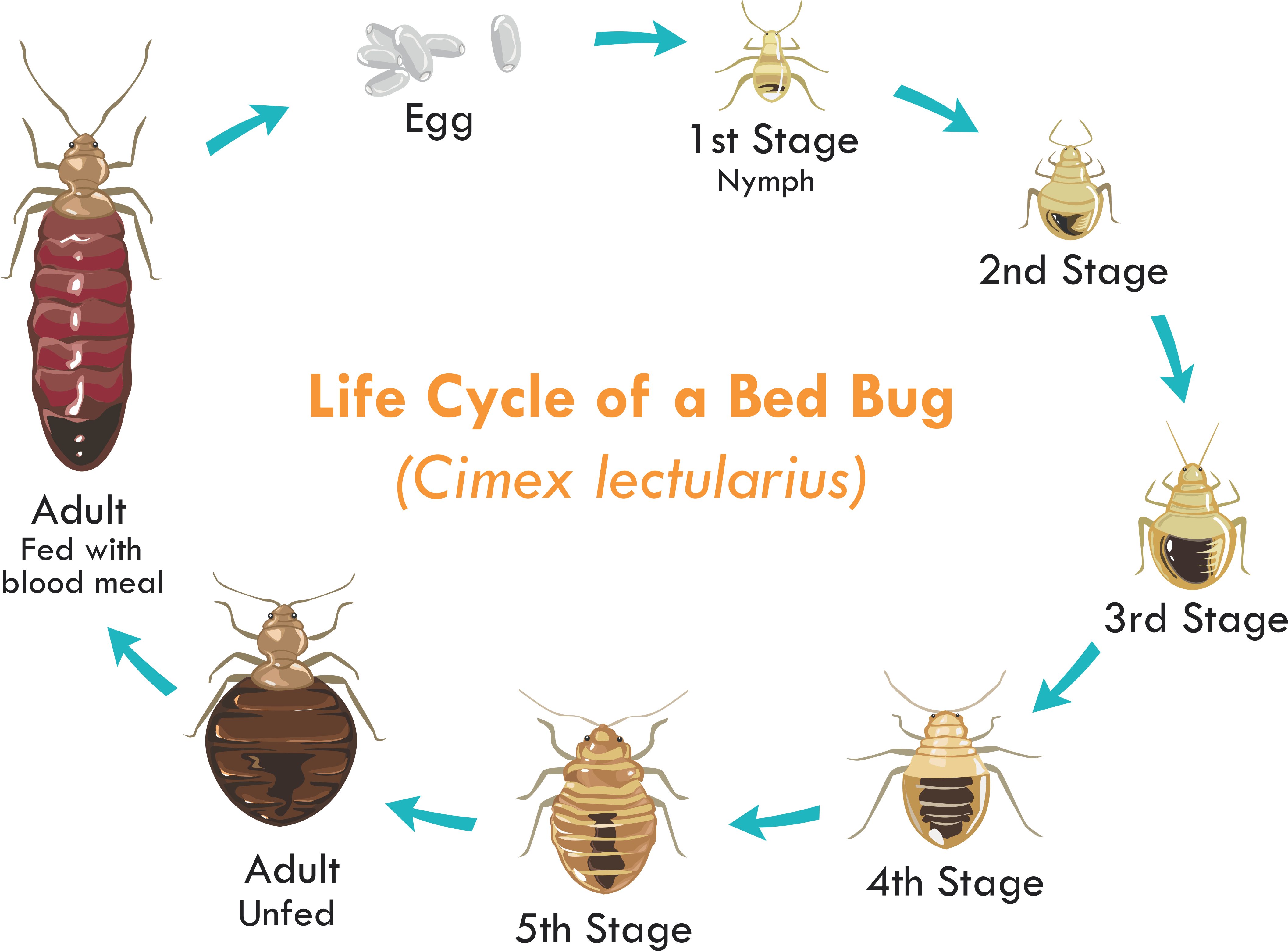Pest Control Provider Demystified: The Science Behind Eliminating Parasites and Pests
Insect control services play an essential role in preserving the health and wellness and safety of our living and functioning environments. Behind the apparently routine job of getting rid of parasites exists a fascinating globe of scientific concepts and approaches that drive the procedure of insect monitoring. From comprehending the intricate habits patterns of pests to using advanced modern technologies for their elimination, the world of insect control runs on a foundation of expertise that extends much beyond simply annihilating undesirable intruders. As we discover the intricate science behind parasite elimination, we reveal a world where biology, chemistry, and innovation merge to combat these durable opponents.
Parasite Behavior Analysis
Taking a look at insect actions is important in creating efficient pest control approaches for both domestic and commercial settings. By recognizing the routines and patterns of insects, pest control experts can apply targeted and effective remedies to get rid of invasions.
Additionally, researching insect behavior assists in figuring out one of the most suitable techniques of parasite control. Different bugs may require different techniques, such as baiting, capturing, or chemical treatments. For instance, knowing that a particular sort of bug is primarily energetic in the evening can assist in organizing therapies for optimum performance. Generally, an extensive analysis of insect behavior is crucial for creating tailored pest monitoring plans that are both ecologically friendly and highly efficient.
Integrated Pest Monitoring Strategies
Integrated Bug Administration Techniques entail detailed techniques that utilize a combination of preventive actions, organic controls, and checking to successfully handle insect populations. Preventive actions intend to eliminate factors that bring in bugs, such as food and water sources, by applying correct hygiene techniques. This consists of securing splits and gaps, repairing leaks, and storing food in closed containers. Biological controls involve introducing all-natural killers or parasites to regulate pest populations, decreasing the demand for chemical pesticides. Launching ladybugs to prey on aphids in a yard is a typical biological control technique. Surveillance plays a vital duty in Integrated Insect Monitoring by frequently evaluating and identifying pest populations to establish the most suitable control approaches. By utilizing a combination of these strategies, bug control services can lessen the environmental effect of parasite administration while properly reducing pest populations in a lasting fashion.
Eco-Friendly Pest Control Solutions

With a focus on sustainability and ecological awareness, environmentally friendly insect control options offer a natural and reliable alternative to traditional chemical pesticides. These methods focus on making use of non-toxic ingredients originated from plants, minerals, or various other organic sources to combat insect infestations without triggering harm to the setting, human beings, or non-targeted varieties.
One prominent environment-friendly technique is organic insect control, which involves introducing all-natural killers, bloodsuckers, or microorganisms to handle insect populations. By harnessing the power of nature's own checks and balances, this method can effectively regulate parasites without the demand for unsafe chemicals. In addition, organic pesticides stemmed from plants like neem, pyrethrum, and garlic have revealed pledge in driving away or eliminating insects while remaining risk-free for useful insects and pets.
Furthermore, green bug control services often concentrate on safety nets such as securing entrance in pest control factors, getting rid of food and water resources, and keeping appropriate sanitation to deter parasites from infesting structures. By integrating these lasting practices, bug control services can properly get rid of bugs while reducing ecological impact.
Role of Modern Technology in Bug Removal
Modern advancements in innovation have actually changed the field of insect removal, improving the performance and performance of pest control services. One of the vital technical tools in insect control is the usage of remote tracking gadgets, such as cams and sensing units, which help in determining bug hotspots and tracking pest movements.
Additionally, the advancement of green pesticides and baits that are much more targeted towards certain bugs has actually been enabled through technological advancements. This targeted technique decreases the overall use chemicals, decreasing ecological impact while efficiently managing pest populaces. Furthermore, the use of drones for airborne surveys and targeted chemical application in hard-to-reach locations has streamlined bug control operations.

Importance of Normal Parasite Inspections
Normal bug assessments are important for preserving a pest-free environment and preventing problems from holding. By carrying out regular examinations, property owners can spot parasite issues early, permitting swift and targeted interventions to eradicate the parasites before they reproduce and spread out. These evaluations provide a possibility to determine potential entrance points where bugs can infiltrate the properties, allowing aggressive procedures to seal these gain access to points and stop future infestations.
In addition, routine parasite evaluations can aid protect the wellness and security of owners by guaranteeing that the setting stays cost-free of disease-carrying insects and irritants. Early detection of insects like rats, cockroaches, or bed insects can protect against health and wellness threats connected with their existence, such as allergies, contamination of food and water sources, or the transmission of conditions.
Along with safeguarding human wellness, normal bug inspections are necessary for maintaining the structural house exterminator stability of structures - ez commercial pest control service. Particular pests, such as termites, can trigger substantial damages to wood structures if left untreated. Via regular evaluations, homeowner can identify termite invasions early and carry out actions to prevent expensive structural repair services
Conclusion
